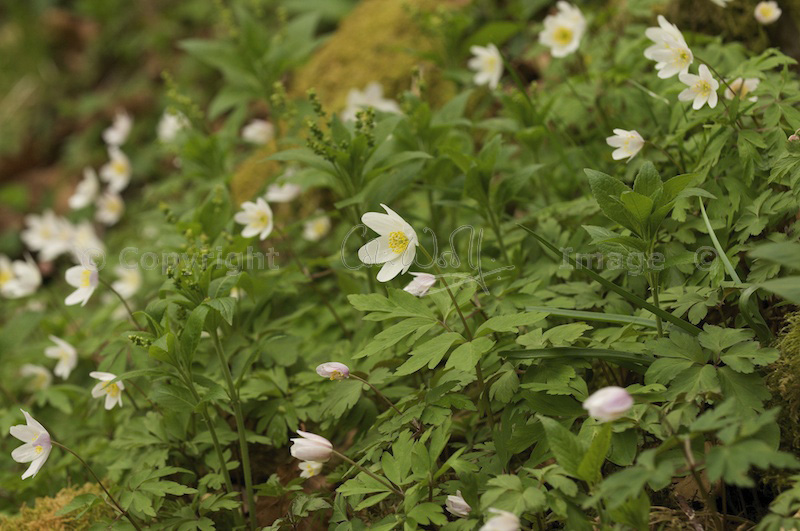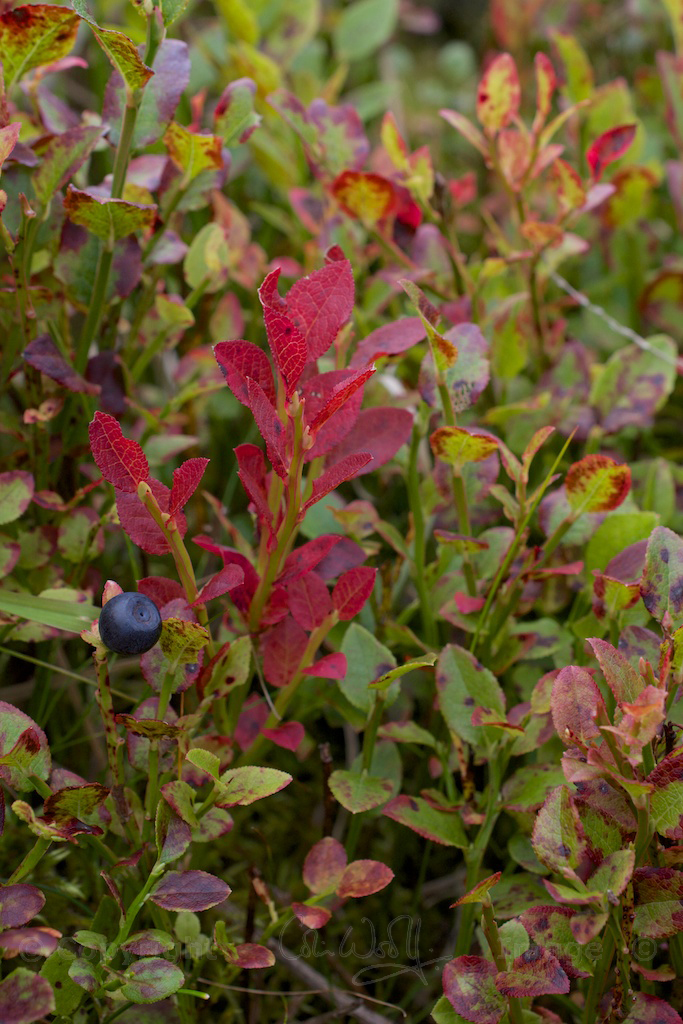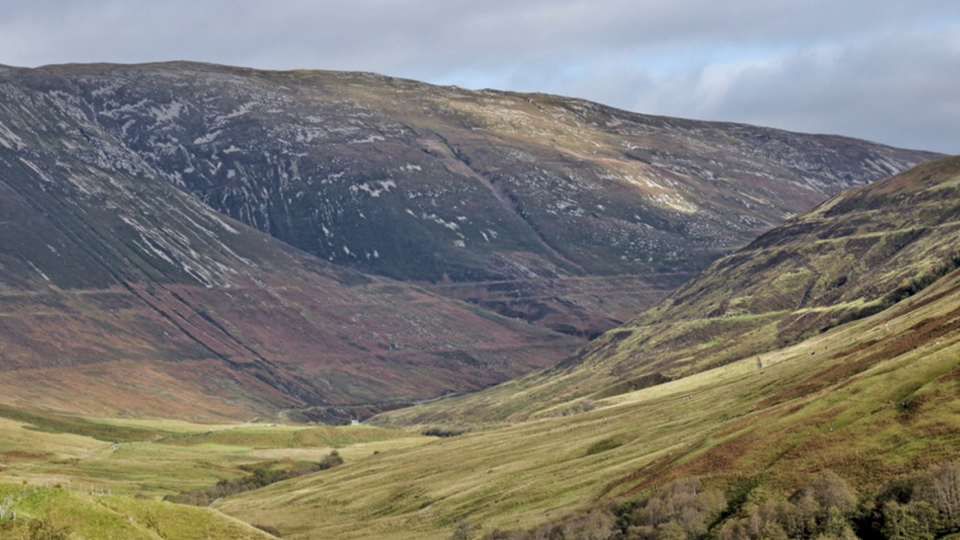
Windflowers – tears of Aphrodite
 Finally, despite the late spring, carpets of wood anemones are starting to appear throughout the country.
Finally, despite the late spring, carpets of wood anemones are starting to appear throughout the country.
Wood anemones – or windflowers, as they are also known – tend to hug the ground, usually rising no more than about six inches or so above the woodland floor. They are one of my favourite wild flowers, with six pure white petals and a cloud of stamens that look like tiny yellow planets orbiting around a central star. Their leaves are bright green and deeply serrated, similar to the hybridised anemones that we are familiar with in our gardens.
Despite growing in dappled shade, they love the sunlight, opening out fully in fine weather but closing up at the first spot of rain. Wood anemones bloom before the tree canopy comes into full leaf, taking advantage of the increased daylight while it lasts. By midsummer, the foliage will have died down and given way to taller plants.
I was interested to find that their petals are not really petals at all, but modified sepals. Although insects visit the blooms and pollinate them, the spread of the plant depends largely on the growth of its roots or rhizomes. This process takes place very slowly – apparently, wood anemones only spread six feet in a hundred years! The species is therefore a good indicator of an ancient woodland, along with bluebells, woodruff, yellow archangel and wood forget-me-not.
The ancient Greeks – always to be depended on for a good myth – believed that the wood anemone was a gift from the god of the east wind, Eurus. The gods in charge of the four winds were collectively known as the Anemoi, and this is where the name ‘anemone’ comes from.
In another legend, the goddess Aphrodite wept tears of sorrow at the death of her handsome lover, Adonis. Where her tears fell, windflowers sprang up. I prefer this story!
Other names for the wood anemone include ‘wind crowfoot’, ‘thimbleweed’, ‘lady’s petticoat’ and ‘grandmother’s nightcap’; according to some, it is the flower of the Virgin Mary. Fairy folk are believed to hide inside the flower and close it up when rain is threatening. Next time I see one, perhaps I’ll check!
There doesn’t seem to be any medicinal use for wood anemones – in fact, they are toxic, and therefore harmful to humans and animals if eaten. I guess that doesn’t matter too much, when the sight of them does so much to raise your spirits!
Sources:









13 Comments
tearoomdelights
I like your description of the tiny yellow planets, they are very beautiful flowers. And how interesting about them being an indicator of ancient woodland, I’ll look at them with new respect from now on. I love the alternative names so many wildflowers have, and I particularly like grandmother’s nightcap. A lovely post about a lovely little plant.
Jo Woolf
Thank you, Lorna, I love them too. I’m hoping all these lovely flowers of ancient woodlands and meadows won’t be suffering too much because of the weird spring we’re having.
dhphotosite
Wonderful photos of such a pretty little plant. I can imagine the forest floor covered in these flowers…it must be a beautiful sight!
Jo Woolf
Thank you, David – yes, they make a lovely sight with bluebells and celandines, and often some wild garlic as well.
ordinarygood
Your woodland wild flowers are so beautiful. The Greeks are good for a story or two aren’t they? I particularly like the final photo….enjoy your spring, late and all as it is.
Jo Woolf
Thank you, Lyn – I’m enjoying your pics of the autumn over in New Zealand!
J2Scotland
what gorgeous little flowers! they do look like they could be something magical. it amazes me that something that little and so fragile can survive in the wild. thank you for your pictures … they are beautiful.
Jo Woolf
They’re lovely, aren’t they? Nature is amazing in so many ways. I’m glad you enjoyed the post – thanks for your comment!
Charlie@Seattle Trekker
I love that time in spring when the woodland flowers bloom, your photo of the tree and the wood anemones really touches that passion. Thank you for sharing it.
Jo Woolf
So do I – you’re right, it’s a magical time. Thanks for your comment!
Watching Seasons
I know these as Thimbleweed here in Ohio- they’re always a welcome sight. I like how you can notice them even into the winter, with the dense cotton-like material on the top of the stem, long after the flowers have gone away.
Jo Woolf
I have looked those up – yes, they are very similar! I have not noticed how long the flower heads of wood anemones last – I don’t think they stay until autumn/winter though.
Pingback: